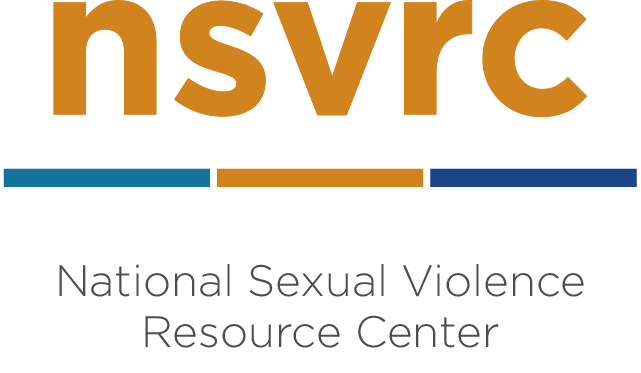When a person who is older than 60 experiences unwanted sexual activity, it is always considered sexual violence. Age does not protect someone from sexual assault. It can increase the risk in many ways. Abuse can happen at any point in a person’s life, and may happen many times. Some older adults are not believed when they tell about abuse. This may be because many people do not see older adults as sexual beings. Health problems and disabilities can increase risk and reduce a person’s ability to seek help (Eckert & Sugar, 2008; Teaster & Roberto, 2004).
Some common signs of sexual abuse in later life include:
Sexual violence against people in later life is underreported. Valuing and believing older adults is an important first step in addressing the issue. Some challenges to responding include:
Considerations for Victims with Cognitive and Communication Disabilities by the NSVRC (2013)
This presentation will help advocates and allied victim service professionals identify some of the ways in which people with communication disabilities may relay messages, both verbally and non-verbally, and will highlight some techniques and technologies that can help bridge the language gap in order to provide quality sexual violence services. (27 minutes)
Prosecuting Cases of Sexual Violence in Later Life by the NSVRC (2013)
This webinar recording presents information for criminal justice professionals on understanding not only the unique realities of aging and elder abuse but also how to contest stereotypes used to cast doubt on testimony.
Building community collaborations to serve victims of sexual violence in later life by the NSVRC (2014)
Maturing Your Services: Advocating for Survivors of Sexual Violence in Later Life by the NSVRC (2013)
This interactive online course is designed to increase advocates’ and other victim service professionals’ capacity for serving victims of sexual violence in later life. Considerations for serving older adult victims are explored in three sections–social, physical, and emotional factors–with opportunities to practice and reflect upon the information. (1 hour)
The Sexual Violence in Later Life Information Packet by the NSVRC (2011)
Sexual violence can affect individuals across the life span, including people in later life. The NSVRC has created a series of new resources related to sexual violence in later life. The Sexual Violence in Later Life Information Packet was developed by Holly Ramsey-Klawsnik, Phd, in conjunction with the National Sexual Violence Resource Center. The packet includes the following: fact sheet, technical assistance bulletin, technical assistance guide, resource list, annotated bibliography, research brief, and an online collection.
Sexual Violence in Later Life: A Technical Assistance Guide for Health Care Providers by the NSVRC (2013)
The purpose of this guide is to assist physicians, nurses, and other clinical health care providers in meeting their professional obligations in identifying and providing intervention and treatment to older victims of sexual violence. It includes introductory information, such as definitions and a problem statement, as well as scenarios. Additionally, it discusses issues relevant to health care providers, such as practice recommendations, provider responsibilities, gathering patient history, examination, and evidence collection.
